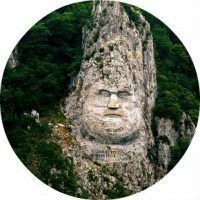
Serbia, undoubtedly, is a Russia-related country from a number of other Eastern European states. Therefore it is not surprising that many Russian tourists want to visit Belgrade and other remarkable Serbian corners. In addition to getting to know the local culture, tasting fantastic local cuisine and listening to the turbo folk, tourists are also interested in what unique souvenirs from Serbia can be brought to memory?
- Aivar
- Alcohol
- Wines
- Rakia
- Broyanitsa
- Knitwear
- Decorative flask
- Icons
- Pottery
- Kolubarskoe lace
- jug with dried plums
- Dolls in national costumes
- bags with basil
- Musical Instruments
- Meat delicacies
- Opantsi
- Sweets
- Jam
- Honey
- Eurocream
- Spice-cakes
- Chocolate
- Cheeses
- Herbal teas
- Jerseys
- Shykacha
- You can not take out
Aivar
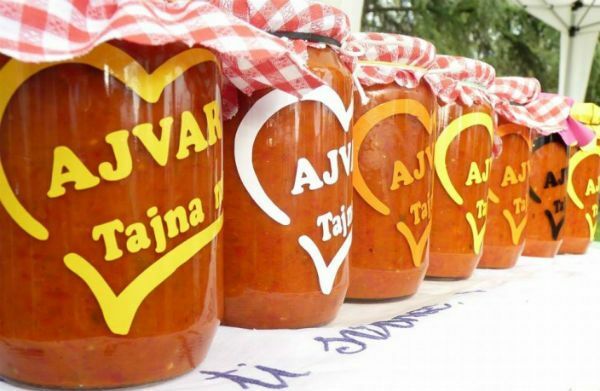
Serbian cuisine has a large number of specific dishes. One of them is "aivar" - caviar from vegetables and paprika, cooked or baked. If you're lucky, you can get hold of this traditional winter preparation prepared by the Serbs at home. Either way, this caviar is freely sold in every Serbian supermarket.
back to contents ^Alcohol
The alcohol industry is very developed in Serbia.
Wines
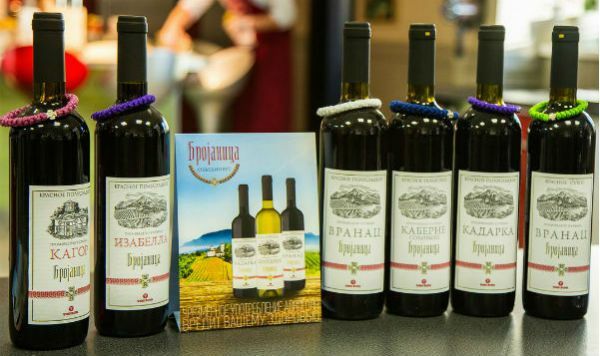
Serbian wine drinks are very popular. Red wines "Vranac" and "Prokupats", white wines "Krstach", "Smeredovka", "Tamyanika" are the leaders of the Serbian wine industry. You can buy them as a gift in alcoholic shops, in branded shops and in some monasteries with their own vineyards.
to the table of contents ^Rakia
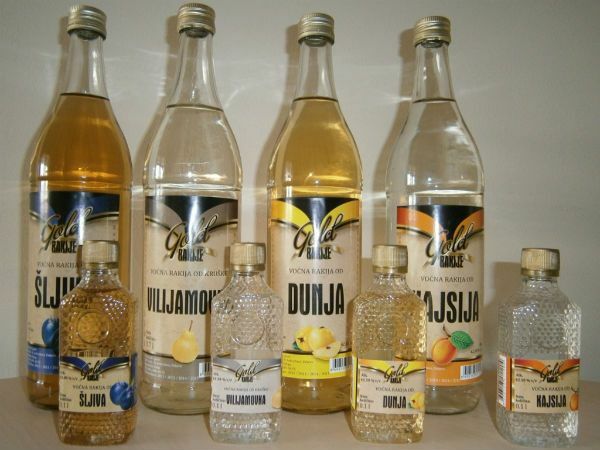
Rakia - national strong alcoholic beverage of Serbia. In addition to the classic "Slivovitz", rakia is made from other ingredients. It can be "Lozovacha" - rakia on grapes, "Kaisia" on apricots, "Vilyamovka" on pears, "Yabukovach" on apples, "Medovac" on honey and "Travaritsa" on herbs. You can buy a bottle of this drink in any Serbian store.
to the table of contents ^Broth
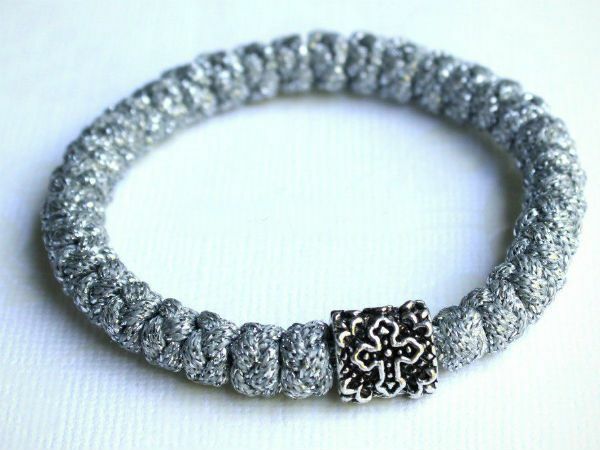
Religious knitting rosary worn on the arm like a bracelet are a sought-after Serb souvenir. It is believed that the presence of a wristbill on the wrist is tantamount to wearing an Orthodox cross on the chest, since the knots of the bracelet are knit in the form of crosses.
The armchair is traditionally weaved from the wool of sheep, however, other materials - synthetic fibers, leather or shoelaces are common.
to the table of contents ^Knitted things
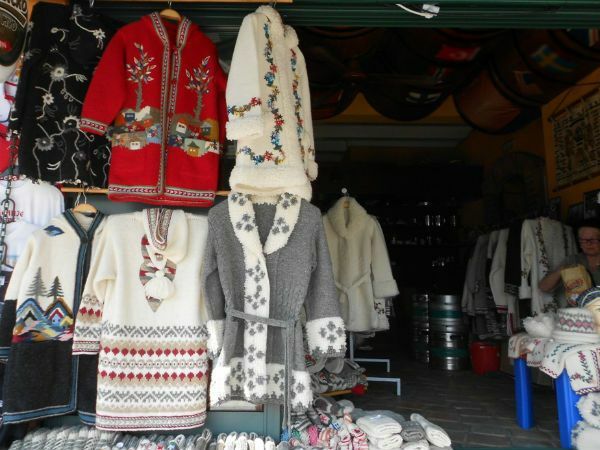
Thanks to the peculiar mountainous terrain and the huge sheep flocks, Serbia does not lack sheep's wool. From her make different clothes: socks, vests, mittens, hats, sweaters, pants. Soft and warm products made of wool can be bought both in souvenir shops, and in places of their direct production.
to the table of contents ^Decorative flasks
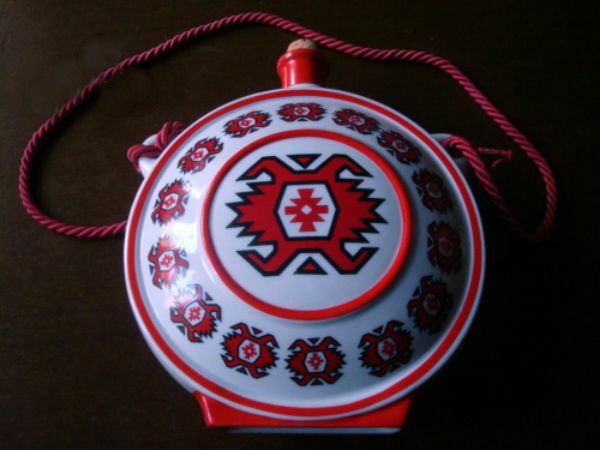
Decorative flasks decorated with various national symbols and traditional ornaments stand out among other souvenirs. Unfortunately, these flasks on a special rope are unsuitable for filling, but can be an excellent souvenir.
to the table of contents ^Icons
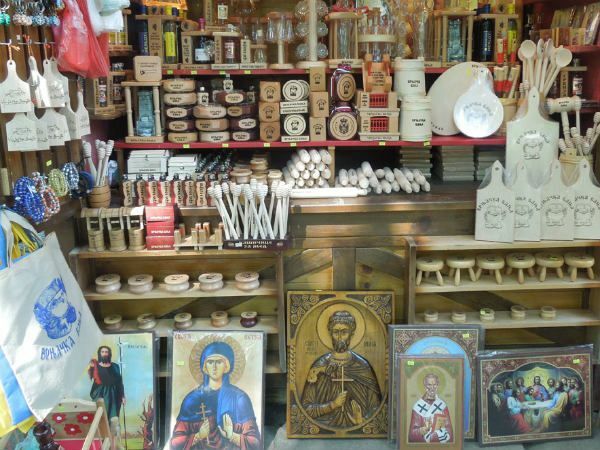
Serbian icons are not only items of religious purpose, but also very unusual souvenirs. The most widespread church images are the patron of the Serbian people Saint Sava and the Christian saint Paraskeva of Serbia.
The "Blessing at Home" is also in demand, it is also the message of St Nicholas of Serbia. You can buy this orthodox attributes at fairs, souvenir shops and monasteries.
to contents ^Ceramics
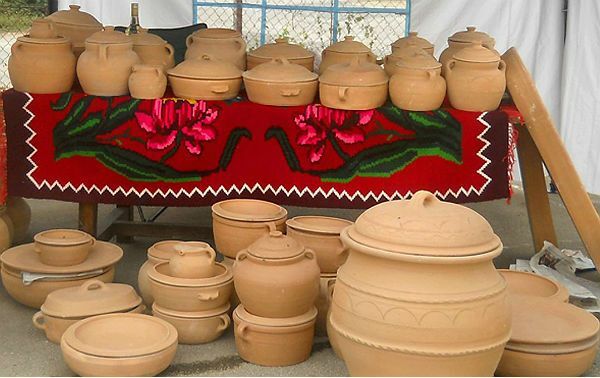
Handmade utensils - plates, flasks, mugs, pots - are not the only ceramics products sold in Serbian shops. From this row, there are ceramic figures of various creatures resembling cartoon characters, as well as decorative utensils "Bardak" - something between the decanter and the jar.
COLLUBER Lace
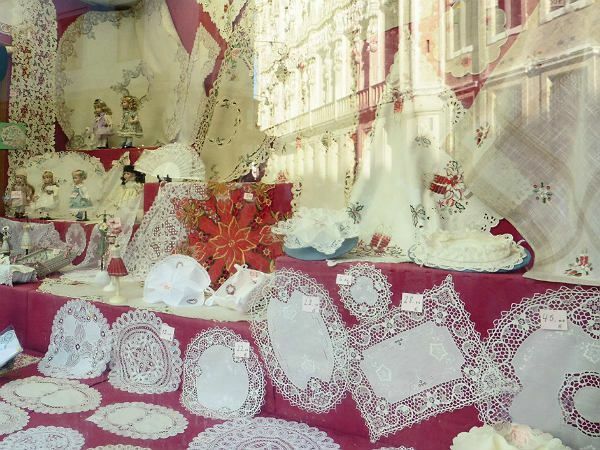
The craft, originally from faraway Ireland, was skillfully mastered by the Serbs. Crocheted lace, used to create tablecloths, napkins, curtains and other items that decorate the interior.
In addition, the lace is also used in the creation of clothes. This is a very expensive souvenir, however, the amazing quality and beauty of the products are worth it.
to the table of contents ^Jug with dried plums
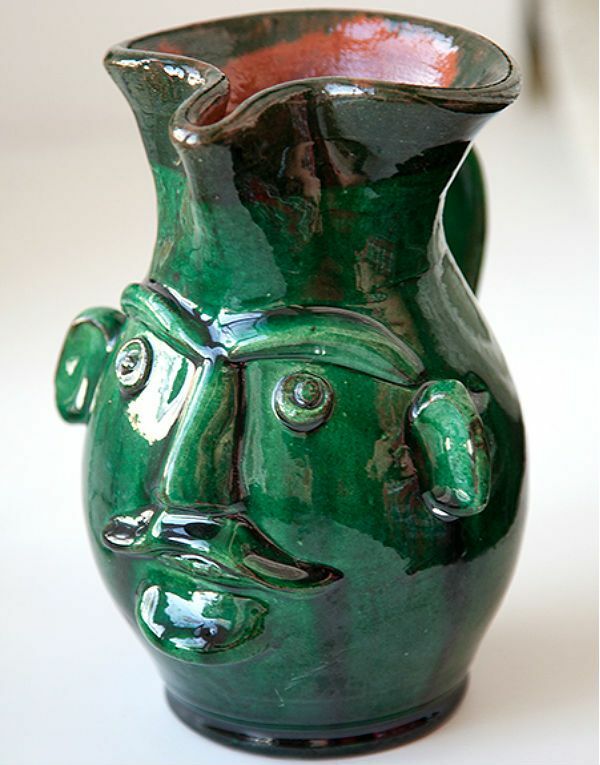
Winter billets of dried plums, placed in ceramic jugs, are used by the Serbs as a basis for compotes and pies, as well as for cooking second courses and sauces. Thus, the foresight of Serbian housewives eventually turned into another interesting national souvenir.
Such jugs, as a rule, are skillfully painted with national patterns and filled to the brim with fragrant plums. You can buy them in food stalls and markets.
Dolls in national costumes
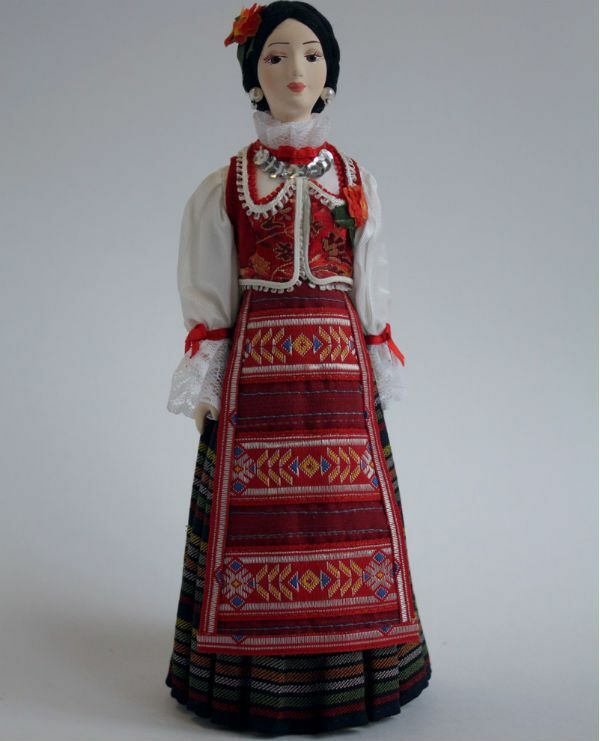
Dolls in national Serbian costumes can become an ornament of the interior. It can be folklore and fairy-tale characters, various mythical creatures, as well as national Serbian heroes. You can buy them at any souvenir shop.
to the table of contents ^Baggies with basil
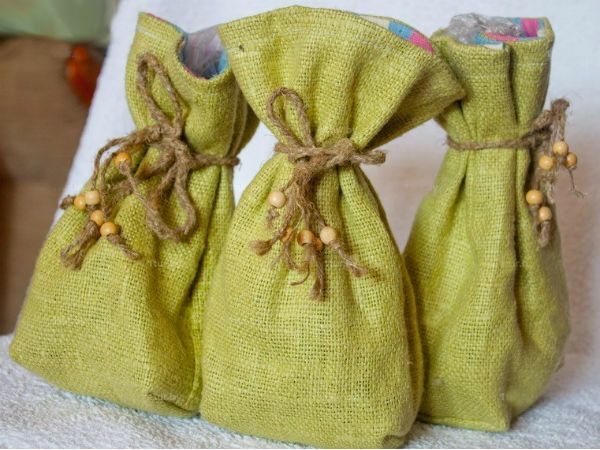
Despite the pleasant aroma, these souvenirs are not intended for consumption. Serbian bags with a basilica are more of a sacral character, allegedly protecting their owner from all sorts of adversities.
It is interesting that the owner of this amulet is not the one who bought it, but the one to whom this bag was donated from the heart. Decorated with beautiful embroidery, these bags are an inexpensive, but very original souvenir.
to the table of contents ^Musical instruments
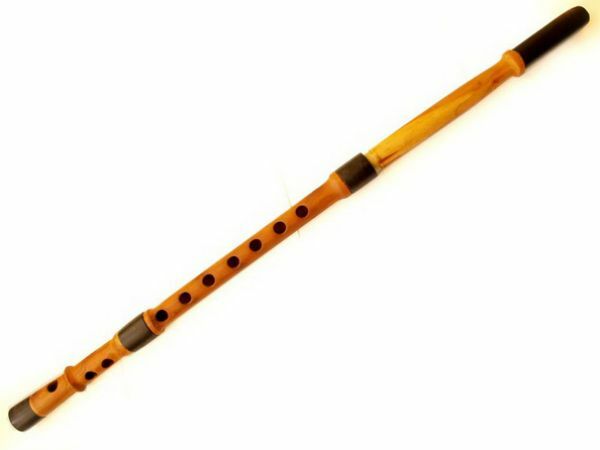
Fans of music making should pay attention to the Serbian folk instruments. Mostly in the souvenir shops are presented the fruła and zurna - the ancient Balkan flutes, and also the ocarina - a round-shaped ceramic whistle.
to the table of contents ^Meat delicacies
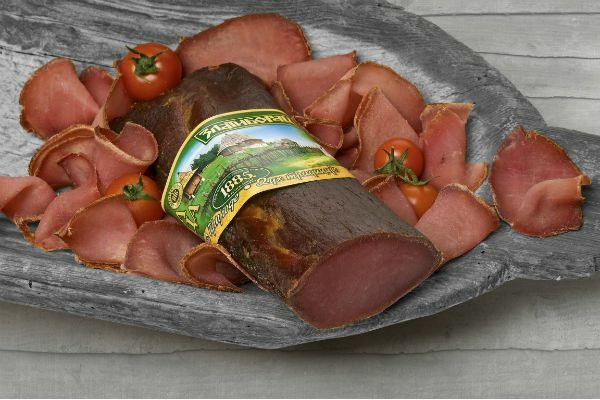
Serbian cuisine has absorbed the traditions of Mediterranean, Austro-Hungarian and Turkish cuisine, because it is rich in a wide variety of meat dishes. First of all, it is "prshut" - smoked or jerky meat. The same type of meat procurement includes "kulen", "liver", "china kobasitsa", "kastradina" and so on.
Gourmets will enjoy local sausages "Chevapchichi", cutlets "Pleskavitsa", chops "Veshalitsa", stew "Djuvach", as well as dishes from fried meat "kapama", shish kebabs "razhychi" and many other Serbian culinary delights.
to the table of contents ^Opanzi
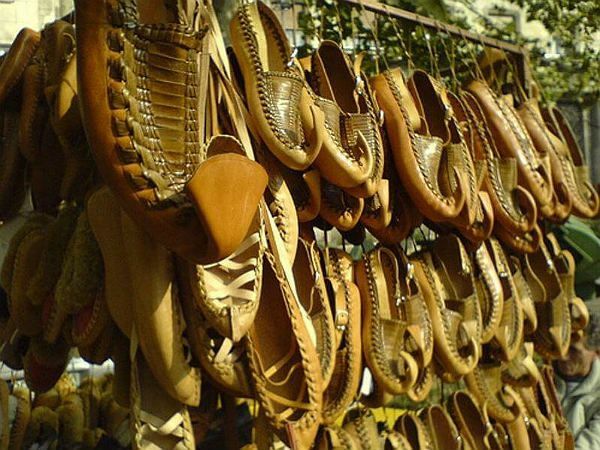
National Serbian handmade shoes, most often made of leather. These peculiar "bast shoes" with curled noses were in due time in great demand in the south of Serbia. Today, this footwear is sold both as a full-size product, which is to be used for its intended purpose, and as a souvenir in the form of reduced copies.
to the table of contents ^Sweets
To the question what to bring from Serbia from products, you can safely answer - sweets!
to the table of contents ^Jam
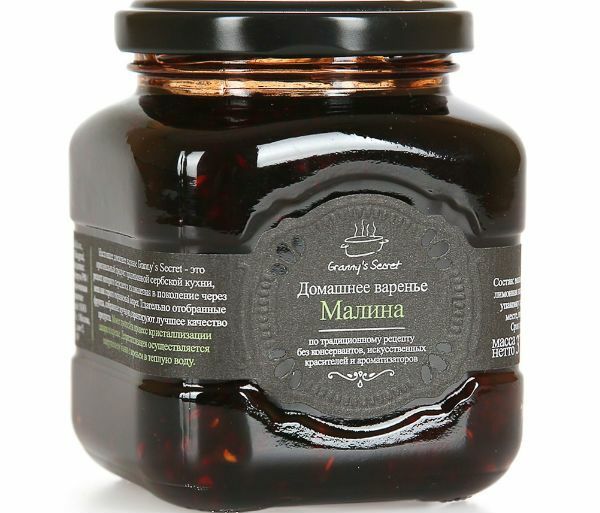
Jam in Serbia is called "pekmez" or "latko" and is more like jam. As a rule, it is made from apricots and plums, however, there are also more non-standard components - figs, blackberries, sweet cherries and so on. You can find jars with these delicacies in any Serbian supermarket.
to table of contents ^Honey
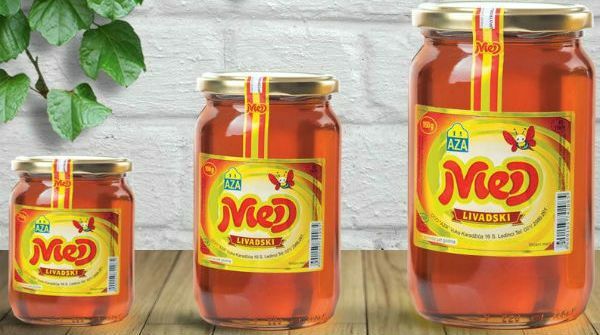
The traditional product for tea in Serbia is honey, the production of which the Serbs have been engaged for more than one hundred years. The most high-quality and tasty honey from lime and acacia is sold near the monasteries. There you can also buy other products of local beekeeping - zabrus, royal jelly, propolis and so on.
to the table of contents ^Eurocream
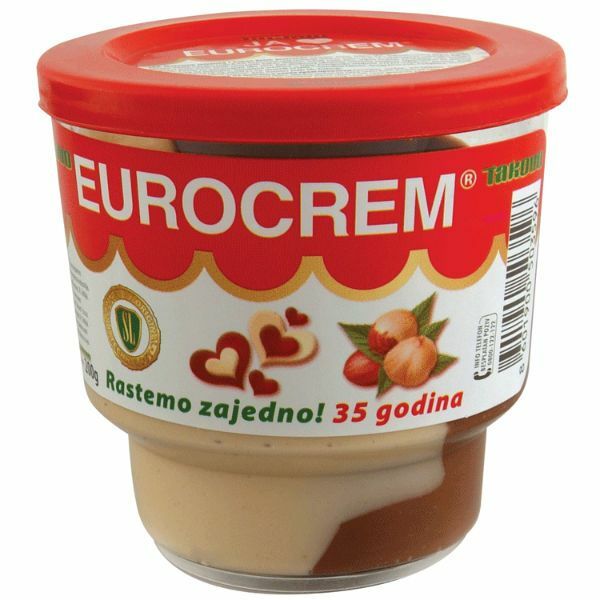
The Serb analogue of the world famous chocolate-nut paste "Nutella" is "Eurocream", produced by Takovo. This sweet nougat of chocolate and milk is a real symbol among the Serbian sweet tooth. On sale there is a wide variety of packages: from small foil to huge plastic buckets.
to the table of contents ^Spice-cakes
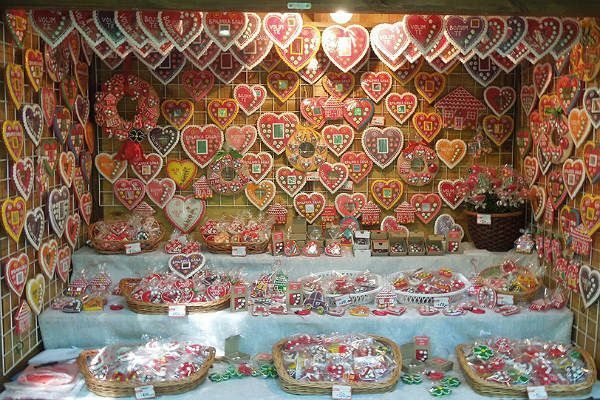
One of the most popular edible souvenirs in Serbia - painted gingerbread in the shape of hearts. Chocolate, mint and honey cakes, covered with icing, are an excellent gift for couples in love.
to the table of contents ^Chocolate
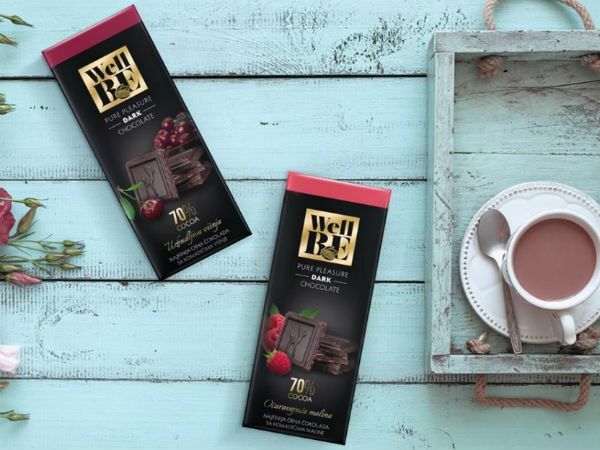
Serbian firm "Bambi" produces the most popular chocolate products in the country. Containing up to 70 percent cocoa, the chocolates of this company are supplemented with pieces of cherries, raspberries, blueberries and almonds. Also on sale is chocolate, which includes coffee liquor. Other famous brands of Serbian chocolate are SokoStark, Galeb, Jafa.
to the table of contents ^Cheeses
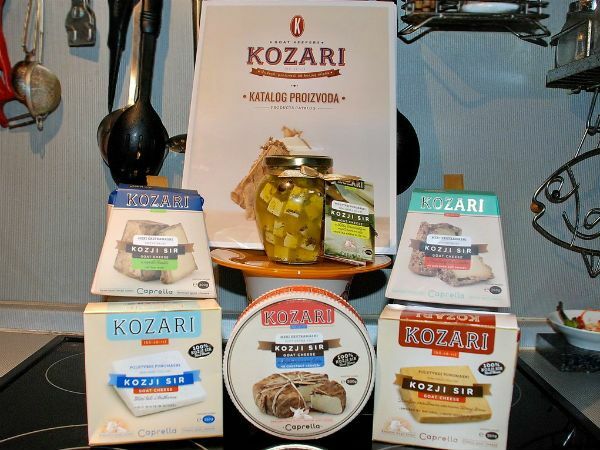
Cheese from sheep's milk is a national Serbian product, which you can buy both in supermarkets and local cheese-makers. The white cheeses of the "old" and "mladi", as well as the processed "kaimak" cheeses and the "kashkaval" yellow cheese are of special honor. Attention worthy of cheese from the village of Babina - the winner of the international cheese exhibition in Macedonia.
to the table of contents ^Herbal teas
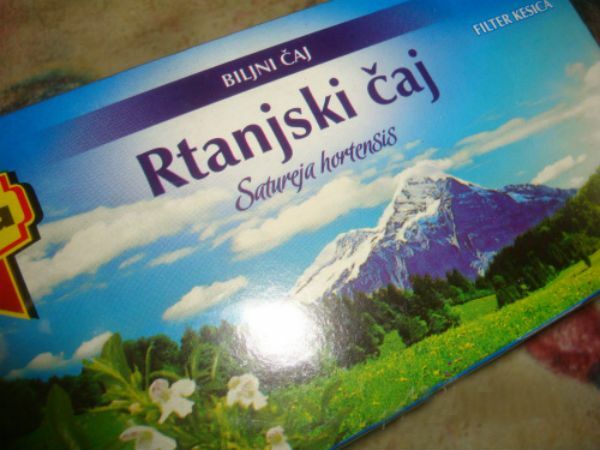
Herbal teas made in the south of Serbia are an excellent addition to other gastronomic wonders of this country. The most famous mountain tea is Rtan tea, which is attributed various therapeutic and stimulating properties. Also on free sale there are also more traditional types of tea, mixed with chamomile, mint, bearberry and other plants.
to the table of contents ^Jersey
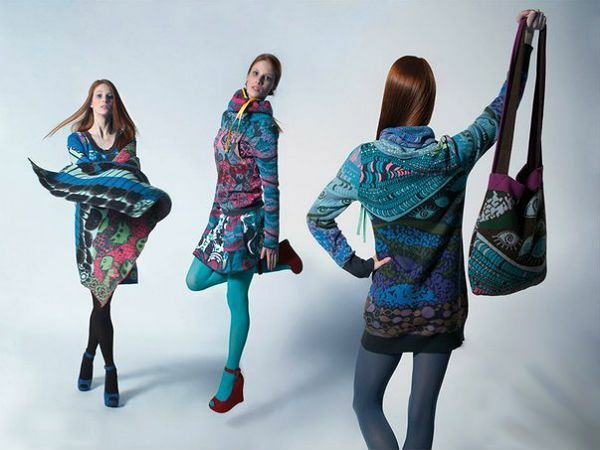
Serbian knitwear can be purchased in the shopping centers of Belgrade and other cities. Such brands as Mona, Legend, Extreme Intimo, Zekstra, Nikolas, Brankodex, Ateks, Modus, Balasevic and Ivko can be worn from head to footany tourist, regardless of taste and wealth.
to the table of contents ^Shaykacha
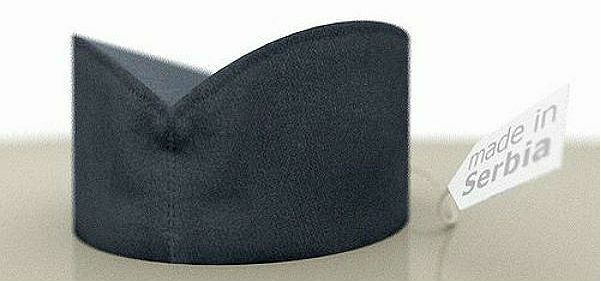
This is the name of the national cap-green cap, originally worn by the Serbian military. Today the shaikachu is a headdress for the Serbs, who honor the traditions of their ancestors, and a funny souvenir for visiting tourists. You can buy a gangbang in any souvenir shop.
to contents ^Do not export
Items that have high cultural and historical value, unless the Serbian Ministry of Foreign Economic Relations has given permission for export.
